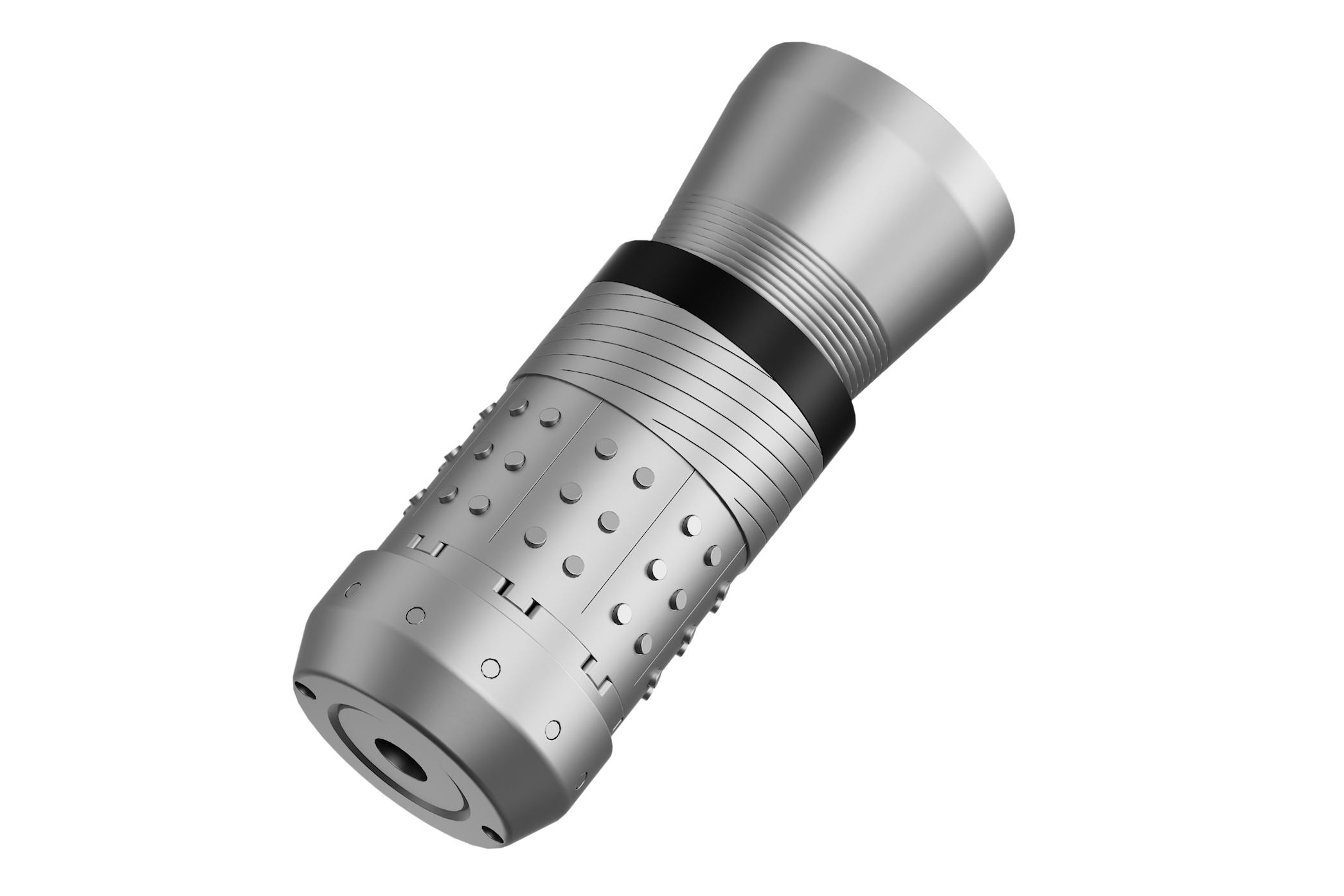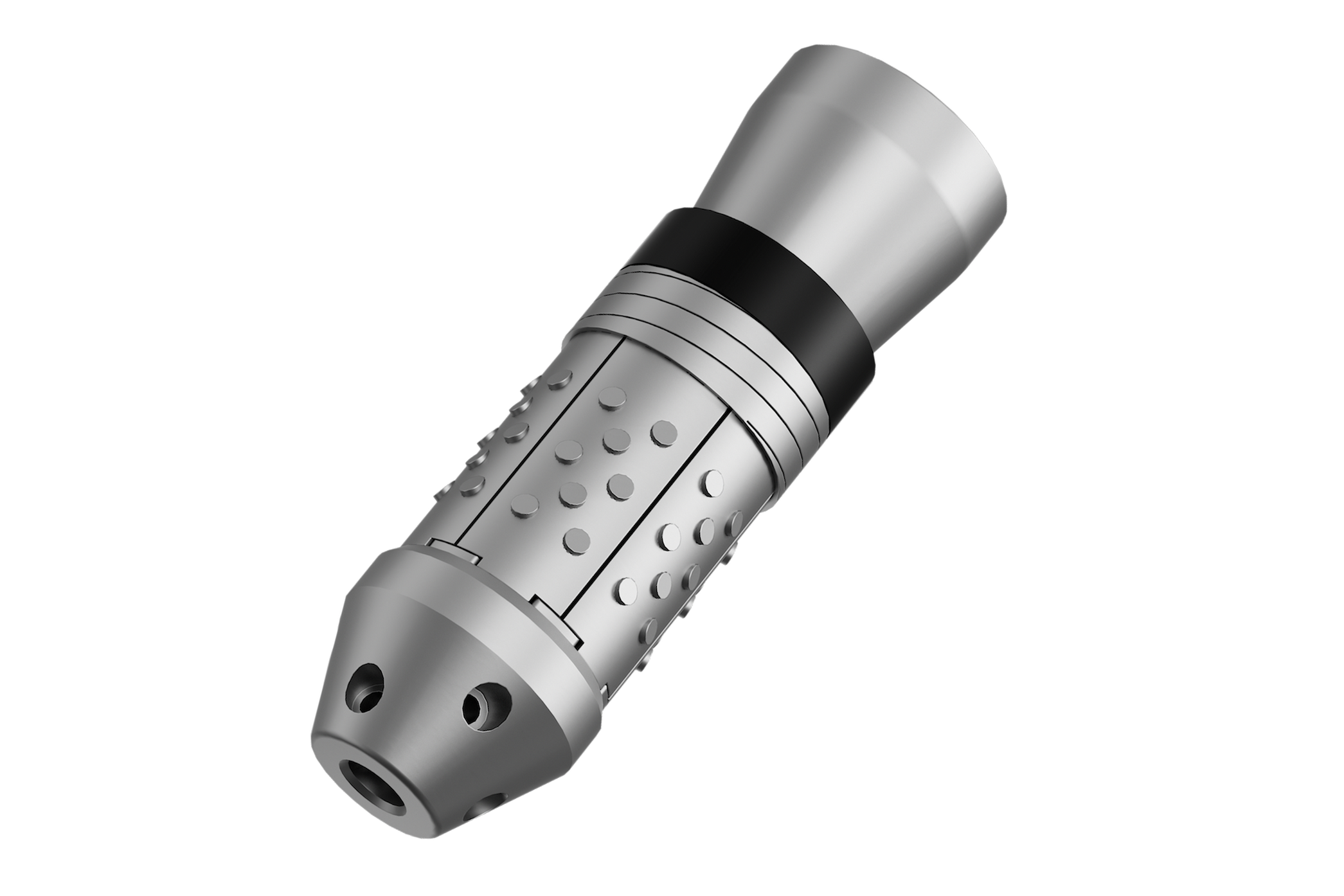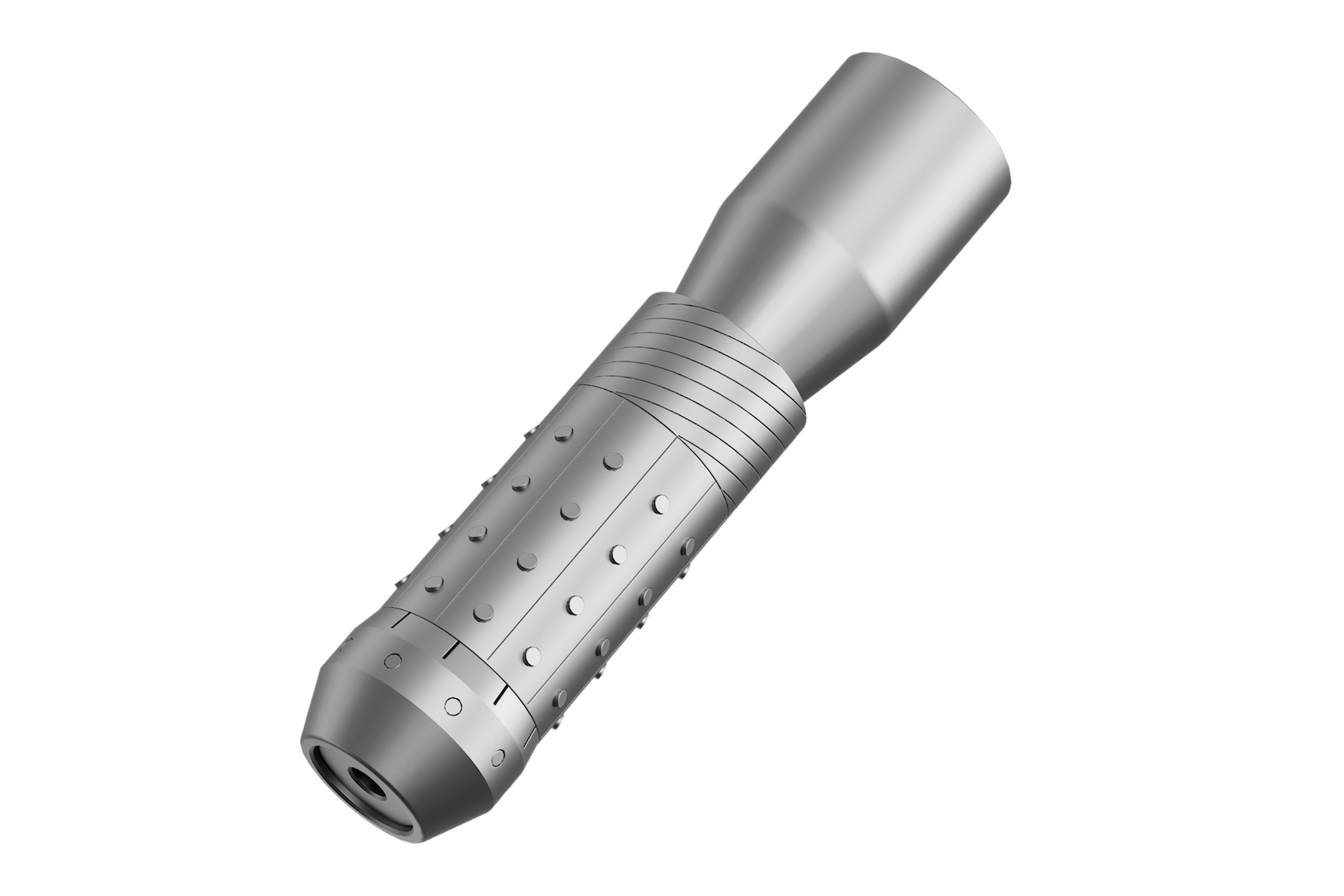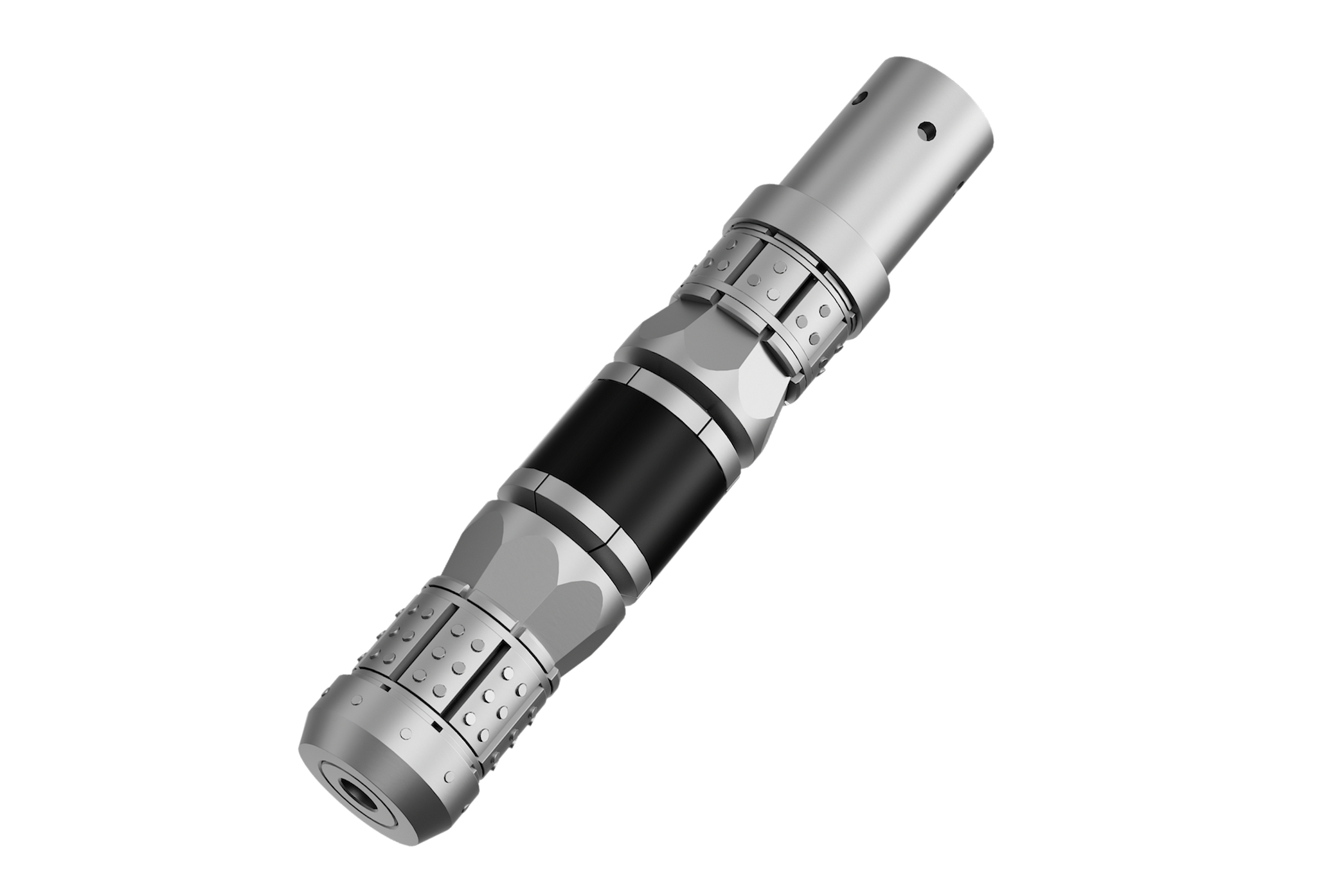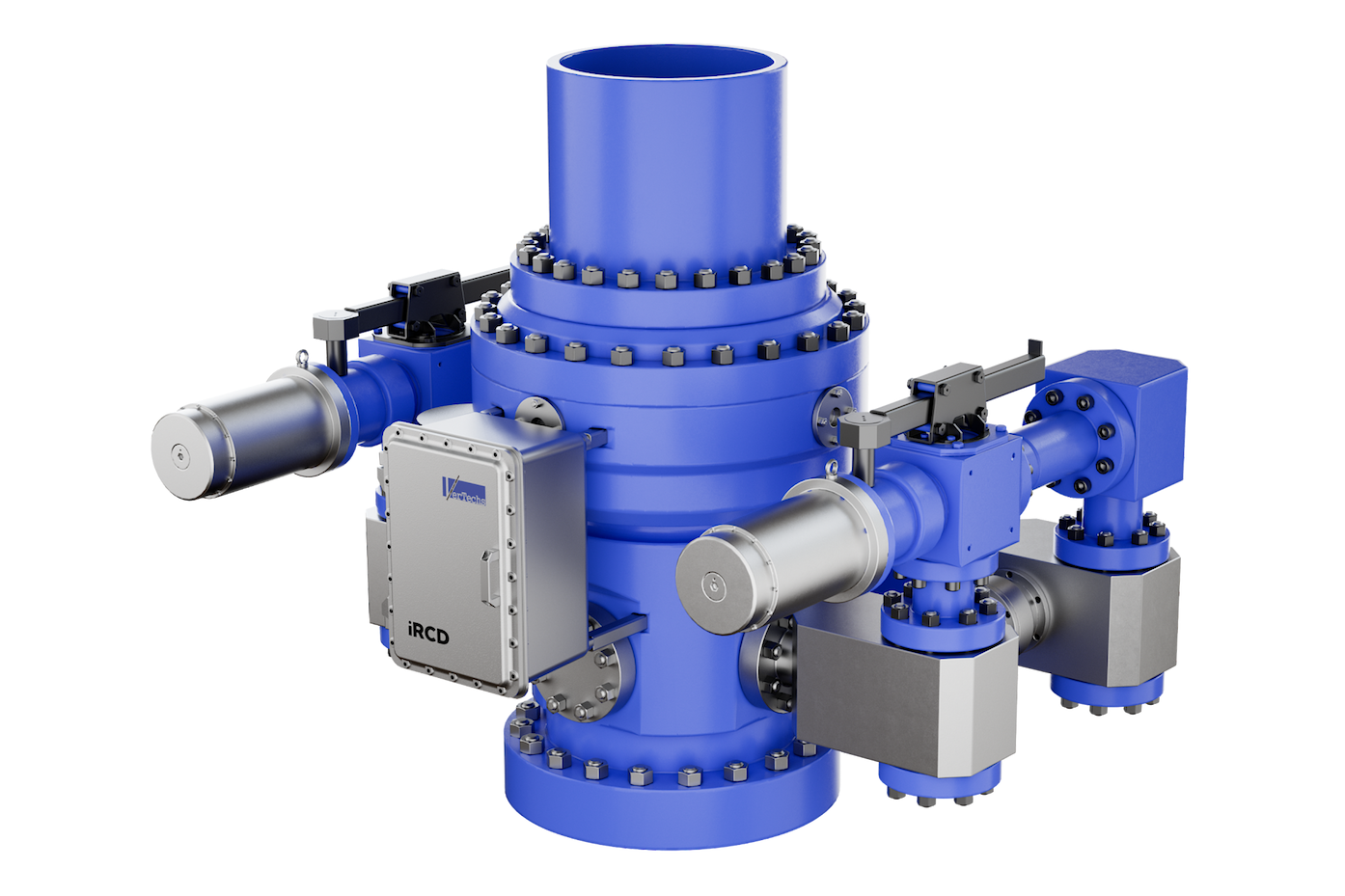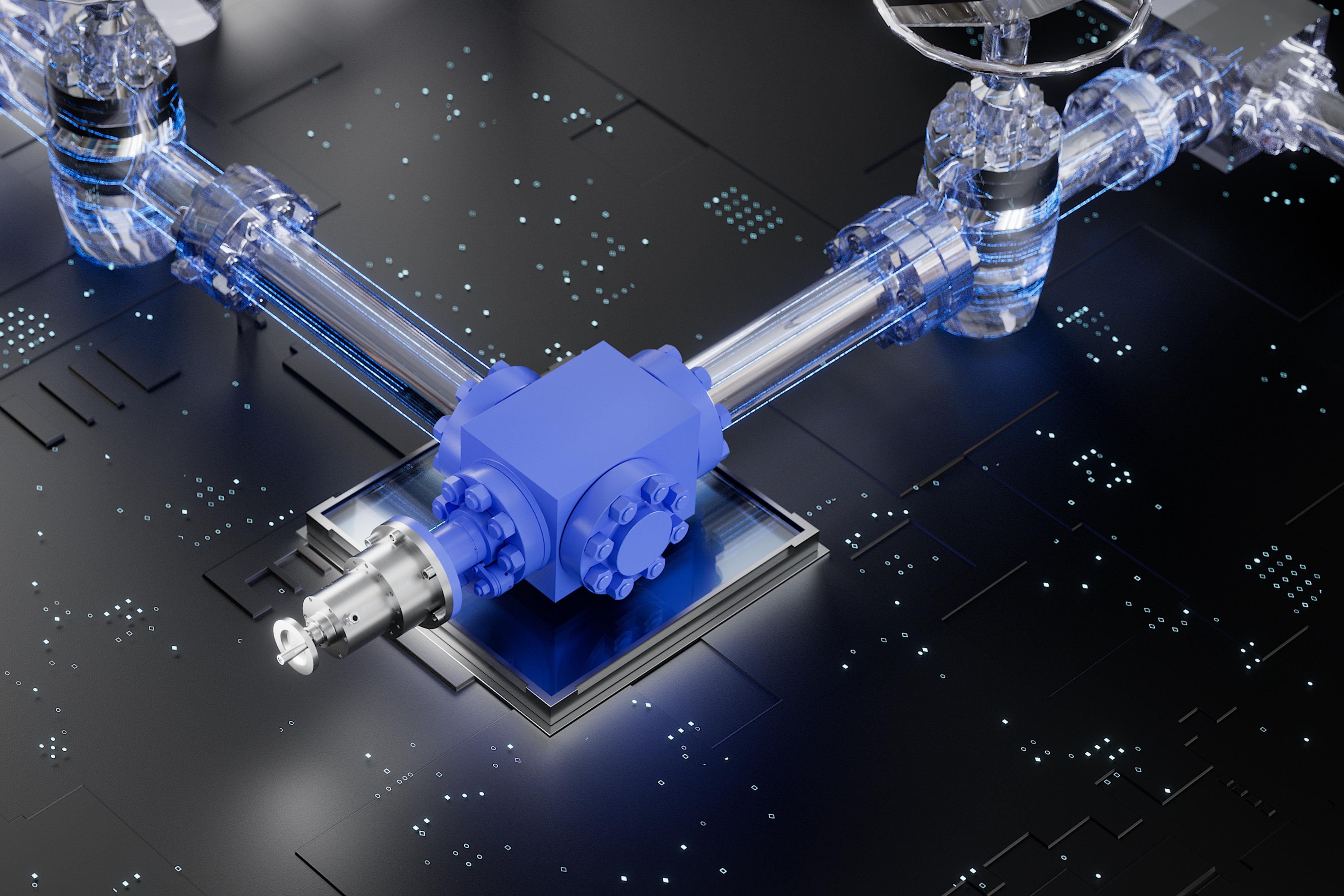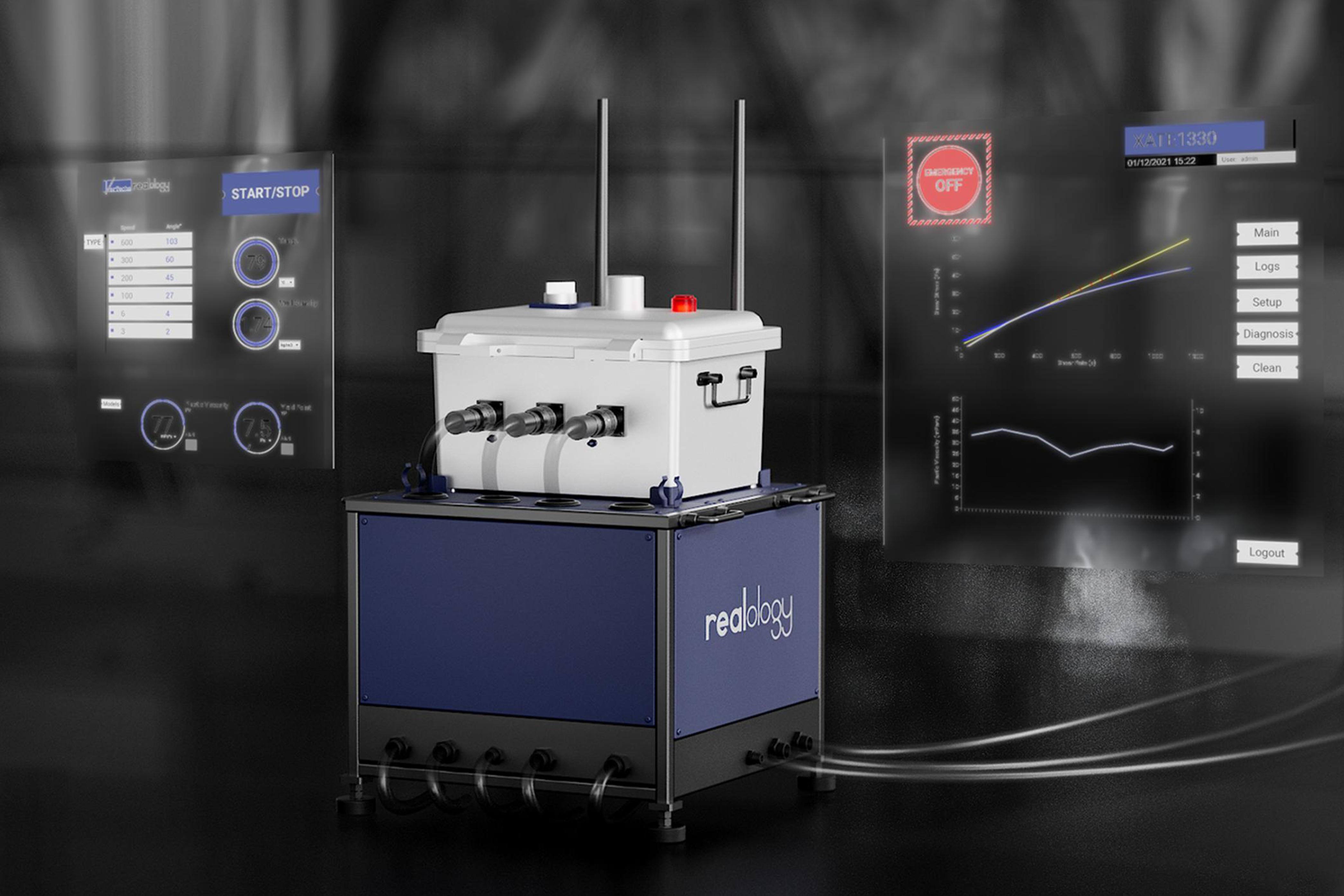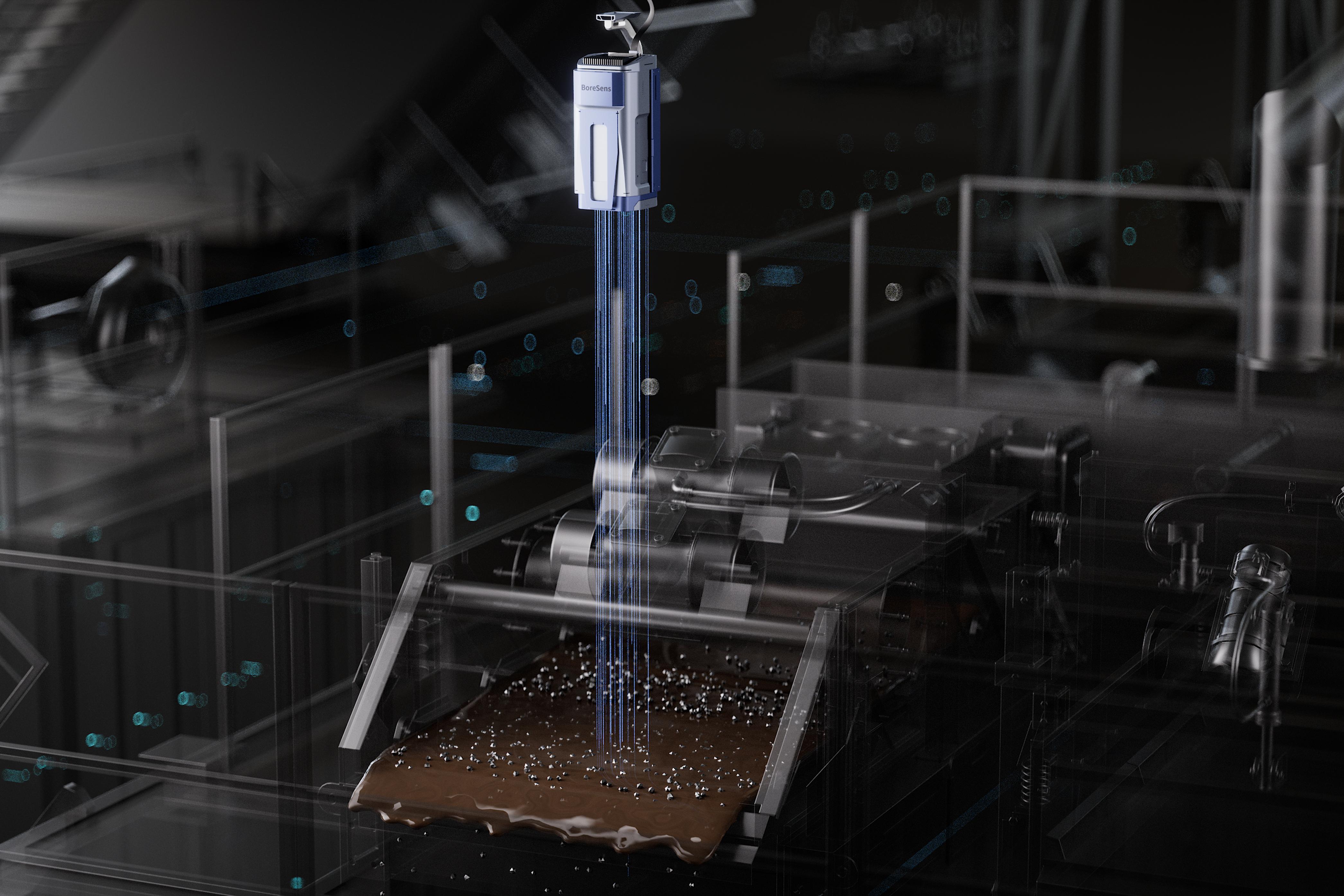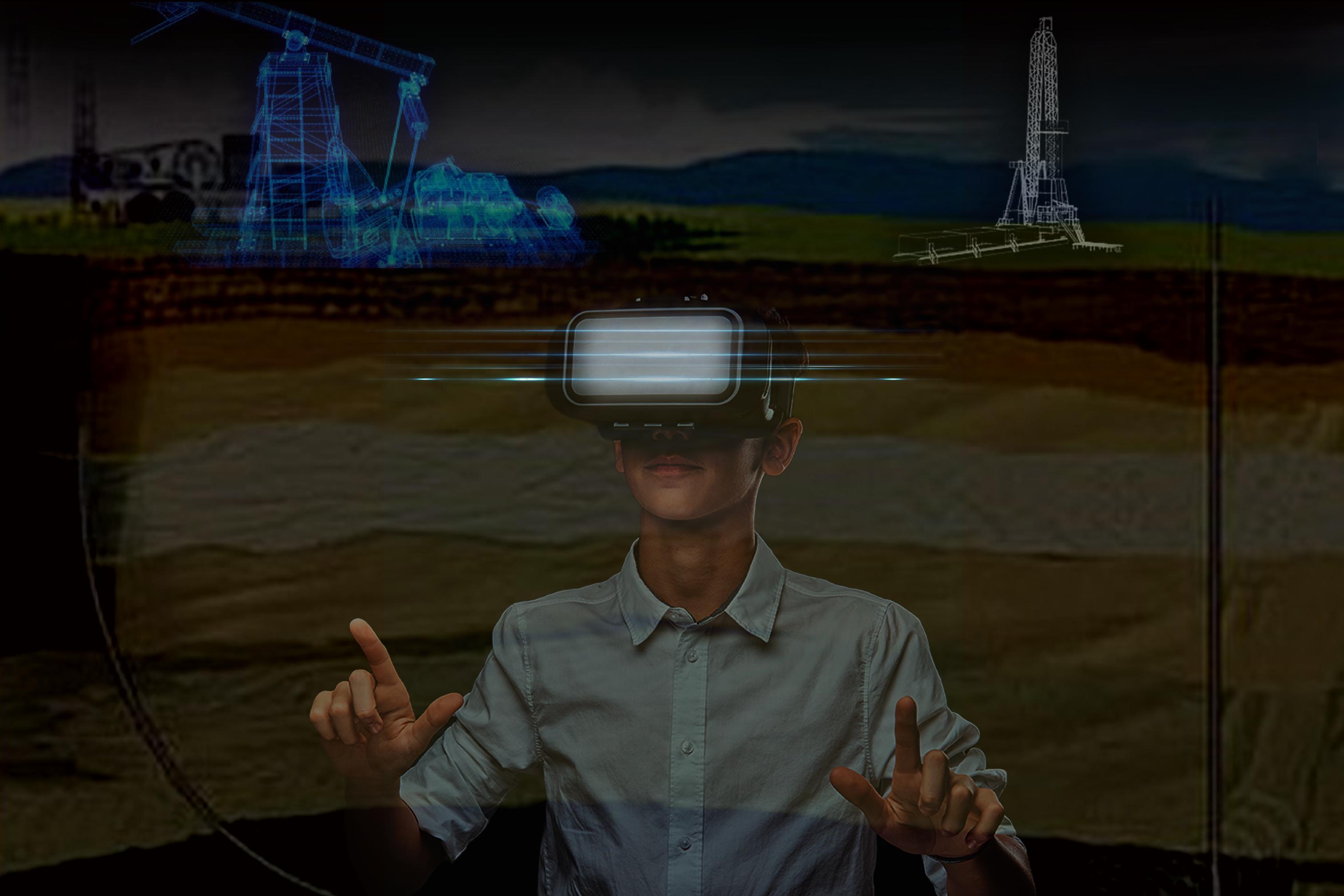The Future of Wellbore Stability: Big Data-Driven Insights in Oil and Gas
2025-09-25
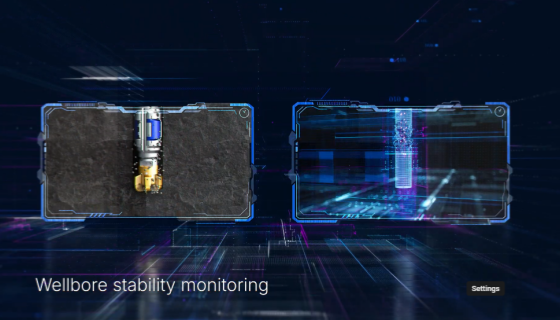
In the oil and gas industry, the success of drilling operations depends on engineering expertise, geological understanding, and a careful balance of advanced technology. Among the many challenges faced during drilling, the Welber stability remains one of the most important factors affecting operational efficiency, safety, and cost management. A compromised Velborn can cause expensive delays, non-productive time (NPT), and even frightening blowouts.
Fortunately, the rise of big data in oil and gas is re-shaping the way operators address drilling challenges. By integrating real-time data, predictive analytics, and machine learning models, companies are turning the Welber stability management into an active, data-operated discipline. This blog explains how Velbor is running the future of stability and what it means to the industry on a large scale.
Understanding the importance of Wellbore stability
Wellbore stability refers to the ability of a drilled borehole to maintain its size and structural integrity in various downhole conditions. Many factors can cause issues of instability, including:
· Geoconical stress imbalance between Velbor and the surrounding rock structures.
· Mud weight anomalies that fail to balance the formation.
· Thermal and chemical interactions weaken the rock strength.
· During drilling, unexpected geological discrepancies were encountered.
Traditional approaches to ensure stability are highly dependent on geological surveys, mud logging, and surface-level monitoring. Being somewhat effective, these methods are often low when drilling in rapidly complex and unconventional reservoirs. This is the place where the data-managed insight game is changing.
Big data in oil and gas: a new era of decision making
The oil and gas industry has always been data-intensive. However, the sheer scale of the data generated today and the diversification-graceful imaging and logging-velil-drilling (LWD) tools to the pressure and temperature sensor-censors determine the analytical abilities.
Larger data technologies allow operators to collect, process and analyze these mass datasets near real time. With powerful computing platforms, engineers can now:
· Predictions of potential volatility areas before drilling starts.
· Adapt the windows of soil weight depending on historical and real -time data.
· Model stress conditions in various structures to reduce collapse or fracturing risks.
· Find the initial warning signals of instability and immediately respond with corrective measures.
This capacity leads the industry to reactive strategies and active Welbor stability management.
Machine Learning in Predictive Analytics and Welborner Stability
One of the most transformative applications of big data in oil and gas is an forecast analysis. By training machine learning algorithms on historical drilling data, companies can highlight patterns that indicate when and where volatility is likely to be.
For example:
· Drilling Parameter: Machine learning models can correct the rate of penetration, torque and weight-on-bit data with welborn conditions, which identify threshold before instability.
· Geochetical modeling: Algorithm can process seismic, petrophic and geological datasets to create highly accurate georician models of sub -state.
· Real -time monitoring: As a new data stream from the downhole sensor, the future models continuously update, offer early alerts and suggested adjustments.
The result is a smart, more adaptive drilling process that can prevent volatility before it increases in expensive downtime.
Case study: big data in action
Many major operators have already started taking advantage of big data for better Welborner Stability:
North Sea Operations: By integrating drilling data with geconical models, operators reduced the NPT related to instability to about 30%. The predical model identified the problem areas, allowing adjustment to fluid properties before issues arise.
U.S. Shell gas development: machine learning was applied to thousands of historical wells, which reveals correlations between drilling parameters and stability risks. This insight helped customize soil programs and complete success rates well.
Deepwater Projects: Real-time analytics have enabled the initial detection of Velbor ballooning and breathing events, reducing the risks associated with narrow pressure margin.
These successes throw light on how data-operated insights not only improve operational efficiency, but also increase security and reduce environmental risks.
Digital twins for Welborner Management
Another exciting development is the use of digital twin techniques. A digital twin is a virtual replica of a physical property, in this case, Velbor. By feeding the twin with real-time sensor data, engineers can follow various drilling scenarios and guess how Welber will react to changing circumstances.
Allows for this:
Active landscape test: Adjust soil weight, circulation rate, or trajectory in the model before changing the area.
Continuous adaptation: Update drilling plans on the fly depending on real -time conditions.
Risk reduction: Reduce and reduce instability without expensive testing-and-turcut in live operations.
Digital twins, when combined with large data analytics, expected to become a standard tool in future drilling operations.
Challenges implementing big data solutions
While the benefits are obvious, adopting large data-managed solutions for Welborner stability comes with challenges:
Data quality: inconsistent or incomplete dataset models can compromise accuracy.
Integration issues: Strong platforms and interoperability are required to merge data from several sources (seismic, LWD, mud log, etc.).
Specialization Difference: Advanced analytics require data science skills that are traditionally not found in drilling teams.
Cyber security risk: With increasing dependence on digital tools, protecting sensitive data from cyber hazards is paramount.
To address these challenges will require investment not only in technology but also in workforce training and cross-disciplinary cooperation.
Role of cooperation and standardization
The future of Big data in oil and gas will also depend on industry-wide cooperation. Sharing data in operators, service providers and regulators can help create more comprehensive models and benchmarks. At the same time, standardization of data formats and protocols will ensure spontaneous integration and analysis on the platform.
Organizations such as Open Subscribed Data Universe (OSDU) are already working to create open-source framework that enable safe and standardized data sharing in the industry. Such efforts will accelerate adopting large data-powered solutions for welborn stability.
Looking forward: Velbor's future of stability
The convergence of the welber stability management and the convergence of Big data in oil and gas indicates a new era of secure, clever and more cost -effective drilling operations. In the coming years, we can expect:
AI-managed drilling assistants that provide real-time recommendations.
Autonomous drilling systems that automatically adjust parameters to maintain stability.
Cloud-based platforms that centralize drilling data from global operation for cross-project learning.
Issues related to increased stability, low instability translate into low waste, emission and energy use.
Ultimately, the future lies in availing data as a strategic property, ensuring that each drilling decision is informed by the future insight and real -time intelligence.
conclusion
Welber stability has always been the cornerstone of successful drilling operations, but the complications of today's reservoirs demand more in traditional methods. Thanks to the rise of Big data in oil and gas, operators now have powerful tools for predicting, monitoring and adaptation of velborns like never before.
By embracing prepaid analytics, digital twins and machine learning, the industry is not only reducing the risk and cost, but also paving the way for a safe, more durable future. As the technology develops, the Welborner stability will be managed not only as a geoconical challenge but also as a data-manual science.
Read Our One More Blog(1): Fluid Rheology in Well Control: The Science Behind Safer Drilling Operations
Read Our One More Blog(2): How Intelligent Rotating Control Devices are Changing Well Pressure Management


